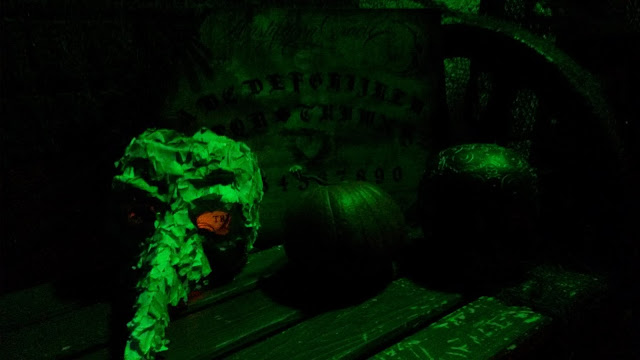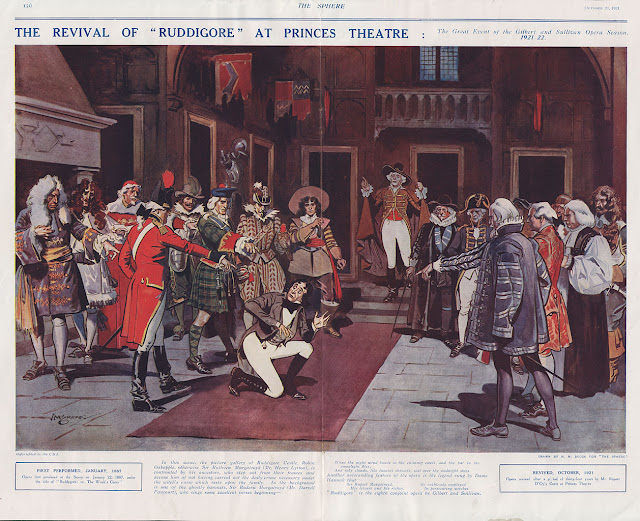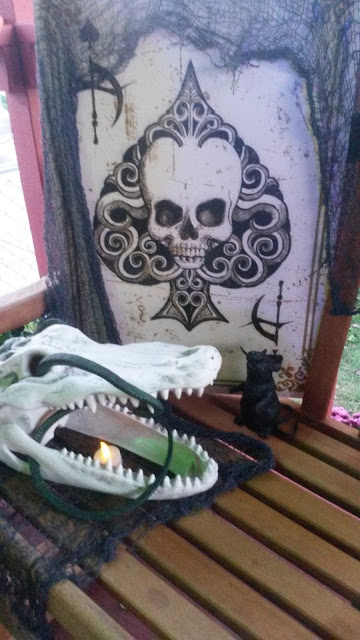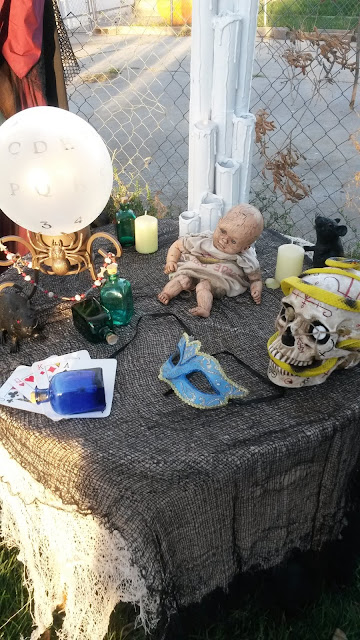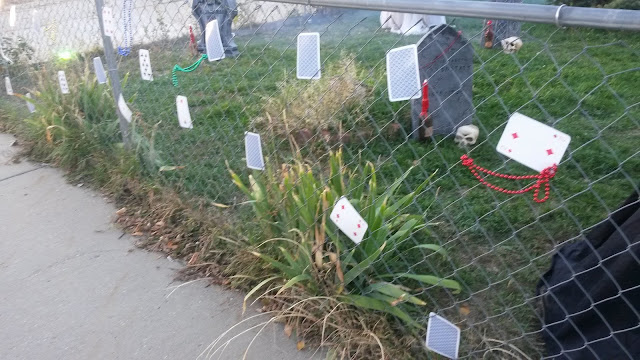Following the United States’ independence from Great Britain, the youthful country began, as historian Cynthia Kierner expresses, a long process of constructing a national identity which was culturally, politically, and socially divorced from its former motherland. Over the period of decades, British customs were abandoned for newer American variations: the drinking of tea, for example, was supplanted by coffee. A distinct version of English - with altered pronunciations and spellings - was developed with the publication of Noah Webster’s An American Dictionary of the English Language. And artists, as Kierner highlights, drew heavily on themes and incidents from the nation’s short past to foster nationalistic identity and pride. From Charles Wilson’s and Gilbert Stuart’s paintings glorifying the Revolutionary War to publications such as Columbian Magazine and American Museum, creative and intellectual forces sought to mold a distinctive American consciousness. Although some of these works, including David Ramsay’s tedious History of the American Revolution and William Dunlap’s gothic Wieland, have been overlooked with the passage of time, others have maintained an unyielding presence and woven the country’s cultural fabric, particularly Washington Irving’s “The Legend of Sleepy Hollow.”
The child of English immigrants, Irving began his literary career at the young age of nineteen. After a series of moderately successful works, he released his collection of short stories, The Sketch Book of Geoffrey Crayon, Gent., in 1819. Blending elements of Dutch and German folklore into a budding American sensibility, many of the tales recount the simplicity of pre-revolutionary life and, akin to the paintings of Stuart and Wilson, erect the foundation for a growing national identity. Among the collection’s more influential stories is “The Legend of Sleepy Hollow.” Set in a Dutch settlement, the atmospheric tale recounts the fateful encountered of Ichabod Crane and the nefarious Headless Horseman. Although scholarly interpretations vary on who, specifically, Crane encounters (some argue it is the jealous Abraham Van Brunt, others claim it is the spectral horseman, and a few stress it is nothing more than the schoolmaster’s own overactive imagination), the impact this nocturnal crossing has had on American folklore is unquestionable. As Christopher Fee and Jeffrey Webb attest, the horseman and his haunted hallow quickly became icons in the American consciousness, solidifying their undying role in a growing national mythology and becoming among the first legends for a developing culture. From John Quidor's 1858 painting to Walt Disney's 1949 film, the headless phantom has ridden his way into every element of society, distinguished himself as one of the first urban legends and serving as fodder for dozens more. In fact, the story, as Brian Jones asserts, fashioned the standard for the quintessential American horror story, “invent[ing] the spooky autumn atmosphere against which we now expect good Halloween tales to be set."
Works Referenced
Fee, Christopher and Jeffrey Webb. American Myths, Legends, and Tall Tales: An Encyclopedia of American Folklore. Santa Barbara, CA: ABC-CLIO, 2016.
Jones, Brian Jay. Washington Irving: The Definitive Biography of America’s First Bestselling Author. New York: Arcade Publishing, 2008.
Kierner, Cynthia. Revolutionary America, 1750-1815: Sources and Interpretations. Upper Saddle River, NJ: Prentice Hall, 2003.
2015: Voodoo Swamp
The
second year of Haunted Hill's return allowed me to tinker with a theme I
had been hankering to try: creole voodoo. Thankfully, a dear friend
allowed me to transform her yard into a backwoods swamp, complete with
alligator skulls, trinket-laden alters, strains of jazz music, and
pounds of Mardi Gras beads. Although the haunt paled in comparison to
the plans swimming within my imagination, it still yielded an impressive
show, especially the fence smothered with beads, playing cards, and
other knickknacks. Presented here are images of the haunt in all it's nocturnal glory.
In January of 1887, William Gilbert and Arthur Sullivan released their comic opera Ruddigore; or, The Witch's Curse. The work centers around Sir Ruthven Murgatroyd, who has inherited a family curse: damned by one of the many witches he persecuted, the first Baronet of Ruddigore and all his successors must commit a crime every day or perish in agony. Incapable of performing his ancestors' heinous acts, Ruthven settles on petty crimes, including filing a false income tax return and forging his own will. Ruthven's mild behaviors irk his forefathers - who have all succumb to the curse's fate - and they return one evening to entice the young man into villainy. It is at this point, as David Huckvale highlights, that the opera's comedic tone takes a dramatic turn as Ruthven vows to kidnap a woman from the village and sacrifice her. This sudden change, according to Richard Traubner, is one of the main reasons Ruddigore failed during it premier and subsequent performances. In fact, it was not until the 1920s that audiences began to slowly appreciate the work. What follows is the song sung by Ruthven's predecessors as they tempt him into his inevitable crime.
When the night wind howls in the chimney cowls, and
the bat in the moonlight flies,
And inky clouds, like funeral shrouds, sail over the
midnight skies -
When the footpads quail at the night-bird's wail, and
black dogs bay the moon,
Then is the spectres' holiday - then is the ghosts' high-
noon!
As the sob of the breeze sweeps over the trees, and the
mist lie low on the fen,
From grey tombstones are gathered the bones that once
were women and men,
And away they go, with a mop and a mow, to the revel
that ends too soon,
For cockcrow limits our holiday - the dead of the
night's high-noon!
And then each ghost with his ladye-toast to their
churchyard beds take flight,
With a kiss, perhaps, on her lantern chaps, and a grisly
grim "good night:";
Till the welcome knell of the midnight bell rings forth
its jolliest tune,
And ushers our next high holiday - the dead of the
night's high-noon!
Works Referenced
Gilbert, William and Arthur Sullivan. "Ruddigore; or, The Witch's Curse." The Complete Plays of Gilbert and Sullivan. New York: W.W. Norton and Company, 1976. 349-398.
Huckvale, David. Touchstones of Gothic Horror: A Film Genealogy of Eleven Motifs and Images. Jefferson, NC: McFarland and Company, 2010.
Traubner, Richard. Operetta: A Theatrical History. New York: Routledge, 2003.
2015: Voodoo Swamp
The second year of Haunted Hill's return allowed me to tinker with a theme I had been hankering to try: creole voodoo. Thankfully, a dear friend allowed me to transform her yard into a backwoods swamp, complete with alligator skulls, trinket-laden alters, strains of jazz music, and pounds of Mardi Gras beads. Although the haunt paled in comparison to the plans swimming within my imagination, it still yielded an impressive show, especially the fence smothered with beads, playing cards, and other knickknacks. Presented here are images of the haunt by day (always less atmospheric than their nighttime counterparts, but the best means to reveal detail).






